13 Tips For a Seamless Patient Relationship Management Software and HIS Integration

Introduction
As the name suggests, Patient Relationship Management Software (PRMS) helps provide a perfect patient experience before, during, and after the consultation. Most PRM systems work in conjunction with the HIS since the HIS acts as the single source of information. And with that come the challenges related to HIS and PRM integration.
Based on our experience of multiple, successfully-executed PRM and HIS integrations, this article covers 13 tips for a seamless patient relationship management software integration with the HIS.
Key Learning Points
- Integrating patient relationship management software with HIS offers many benefits, yet the process can be challenging
- Dividing the integration process into different phases can simplify things for all stakeholders
- The first step is to assess the readiness for PRM-HIS integration
- Being aware of the common bottlenecks in the integration process helps in planning the process better
- It is advisable to invest time in preparing for implementing a patient relationship management software to minimise hurdles
- While the process may seem challenging at the outset, if planned well, it can be a smooth experience for all stakeholders and ultimately help hospitals build their reputation as being patient-friendly
The tips related to the integration of patient relationship management software and HIS can be divided into four categories:
- Assessing the readiness for PRM-HIS integration
- Understanding the common bottlenecks in PRM and HIS integration
- Preparatory steps for integration of patient relationship management software
- Overcoming common integration-related pitfalls

Assessing the Readiness for PRM-HIS integration
1. Identifying the Patient-Facing Processes Covered by your HIS
The HIS should cover the basic touchpoints in a patient journey, which can be used by the patient relationship management software. For example, registration, appointment booking, billing and payments are some of the non-negotiable touchpoints that need to be covered by your existing HIS.
HIS acts as a single source of information/truth as far the master data is concerned, while a good patient relationship management software leverages this data to provide valuable services to the patients effortlessly. Take stock of what is being done via the HIS and what is not. If the basic touchpoints are handled, you are one step closer to implementing a patient relationship management system and giving a better experience to patients.
2. Check if Your HIS Supports Secure and Encrypted API Communication
Even though your existing HIS handles all the touchpoints in the patient journey, it would be of no use if the HIS is unable to talk to other systems like a patient relationship management software. And not just talk but talk securely in an encrypted way.
The easiest way is to check with your HIS vendor whether they support encrypted API communication to external systems using standards like Health Level 7 (HL7). If the HIS system is outdated and does not support API communication, it might be time to look into better options.
3. Assess the Adequacy of the Technical Infrastructure at Your Hospital
Having a working HIS is one part of the infrastructure. Alongside, tangible IT infrastructure like a local WAN, local servers, computers for doctors, staff and technicians would make it easy to implement a patient relationship management software.
The success of a PRMS implementation depends primarily on the users, i.e., doctors, staff and technicians and how comfortable they are with technology. If you have at least the minimal level of infrastructure and users who are willing to use technology, half the battle is won already.
4. Get Buy-in From Senior Management and Ensure There’s a Dedicated IT Team to Drive the Project
Continuing with the previous point, a successful implementation depends mostly on a dedicated hospital IT team. More often, the key stakeholders in a hospital will not be technically inclined or would understand the nuances of technical integration.
It is always recommended to have a dedicated IT team to spearhead the implementation of a patient relationship management solution. Some PRMS providers also help the hospital with the technical aspects if the hospital does not have a dedicated IT team.

Common Bottlenecks in PRMS and HIS Integration
5. Check if your HIS is Built on Latest Technologies
HIS is the first piece of tech that is introduced into a hospital for its smooth running. Sadly, more often than not, HISs could be as old as the hospital itself. Ensure the HIS you are using is running on the latest technologies that can stand the test of time.
For e.g., does the HIS use REST-based APIs, is the application using the latest available versions of the dependent technologies, etc. Your IT Team should be easily able to assess this. If not, some PRMS providers would even do an audit of your existing HIS and the technology it is running on.
6. Plan the Discussions Between the Different Teams
Integrating a HIS and a PRMS involves finding out the synergy in both systems. And then figuring out how to bind them together, so that they work together as one system. This involves a lot of planning and discussions between the HIS team, the hospital team and the PRMS team to finally come up with an experience flow that suits the patient.
Before initiating the integration process, it is advisable to spend sufficient time with both HIS and PRMS teams to come up with the unified experience flow. The time spent can vary from 1 week to even 2 months, depending on the complexity of the integration.
7. Address Data Privacy Concerns at The Outset
Integrations between systems always come with the question of data security and data privacy, especially, so in healthcare. Ensure to vet it from both HIS and PRMS teams that the data security protocols are in place before you go live with the integration. Your IT team would play a very critical role here.
8. The Time and Money Involved
As with everything involved in healthcare IT, integration comes at the cost of time and money. Ensure to allocate enough resources for HIS team, PRMS team and hospital team. HIS team would be developing secure APIs for the PRMS to consume data from the HIS. This, in turn, requires time and money.
Similar is the case of the PRMS team, who would be developing customised patient and staff facing interfaces for a better experience. And so is the case of the hospital team, who would be setting up additional infrastructure to support the new PRMS.

Preparing for Implementing a Patient Relationship Management Software
9. Study and Outline the Current Processes
Start by studying the existing processes in your hospital. Document it right from the patient walking in till the patient moving out of the hospital. Divide the study into two – IP and OP.
Start with OP to keep things easy. Aim to optimise the OP flow first as it gives the biggest impact. Once this study is over, you will have a lot of useful flow diagrams that would become the backbone to create better processes through PRMS. Some PRMS providers can help you perform this study and recommend industry best practices.
10. Find out Critical Processes and Prioritise
Now that you have flow diagrams ready, it is time to analyse and scrutinise the patient touchpoints. Sitting with your operations and IT team would make this process worthwhile, with suggestions coming from different points of view. Once you are confident about the existing processes and have some ideas on how to make them outstanding, now would be a good time to start involving the PRMS team.
The PRMS team would do an independent analysis of the process flows and suggest changes based on their vast experience from multiple implementations. Prioritise the processes that would give the biggest bang for the buck.
11. Divide and Conquer
After these steps, you would end up with a laundry list of things to do which would seem impossible to achieve. Divide these into meaningful phases that would still deliver value to the patient. Most hospitals usually start with managing the queue for registration as Phase 1. But, this is entirely dependent on the prioritisation that you had done in the last step. Bottom line, divide the items into meaningful phases and take them one step at a time.
Now that you have decided on the phases, it is time to pick up Phase 1. This is also the right time to communicate to all the teams involved – HIS team, PRMS team, IT team, Operations team. You should have weekly catchup with the teams to gauge the progress and make course corrections if required.

Overcoming Common Integration-Related Pitfalls
12. Go for Pre-Integrated PRMS
From the above discussions, it is quite clear that the process of integration would be time-consuming and effort-intensive. An easy solution would be to go for a PRMS that is already integrated with multiple HISs, including yours. This would ensure continued support from the HIS as well as the PRMS. Also, this would drastically cut down the time and money to implement a PRMS.
13. Migrate to a Better HIS
If your current HIS falls into any of the pitfalls we discussed earlier, it is better to look for a better HIS before you are invested too much into it. There are even instances where established hospitals have moved from decade-old HISs to a new one that can provide a better patient experience. Do not get carried away by the thought of migration as a chaotic process. With the right HIS-PRMS combo, this switch can be quick and smooth.
Final Thoughts
These pointers will help you make an educated choice on when to go for a PRMS, how to go for a PRMS and how to make yourself ready for a PRMS. From our experience, while the transition is challenging, the process can be very rewarding in the form of improvements across multiple patient-centric and operational metrics.
Get in touch with us if you want to know more about implementing a patient relationship management software.
13 Mins Read
Author | Tijo




